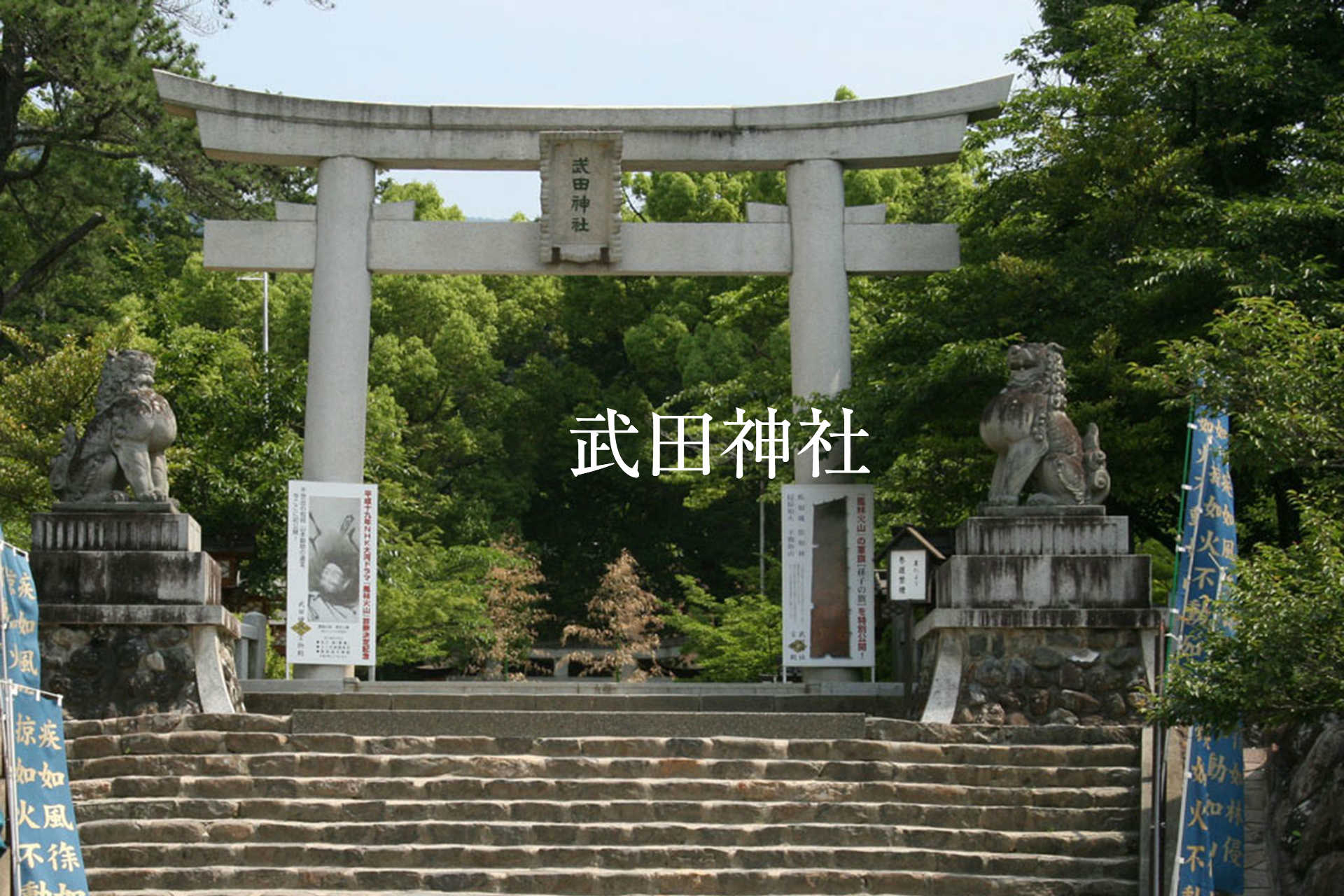Takeda Jinja Information
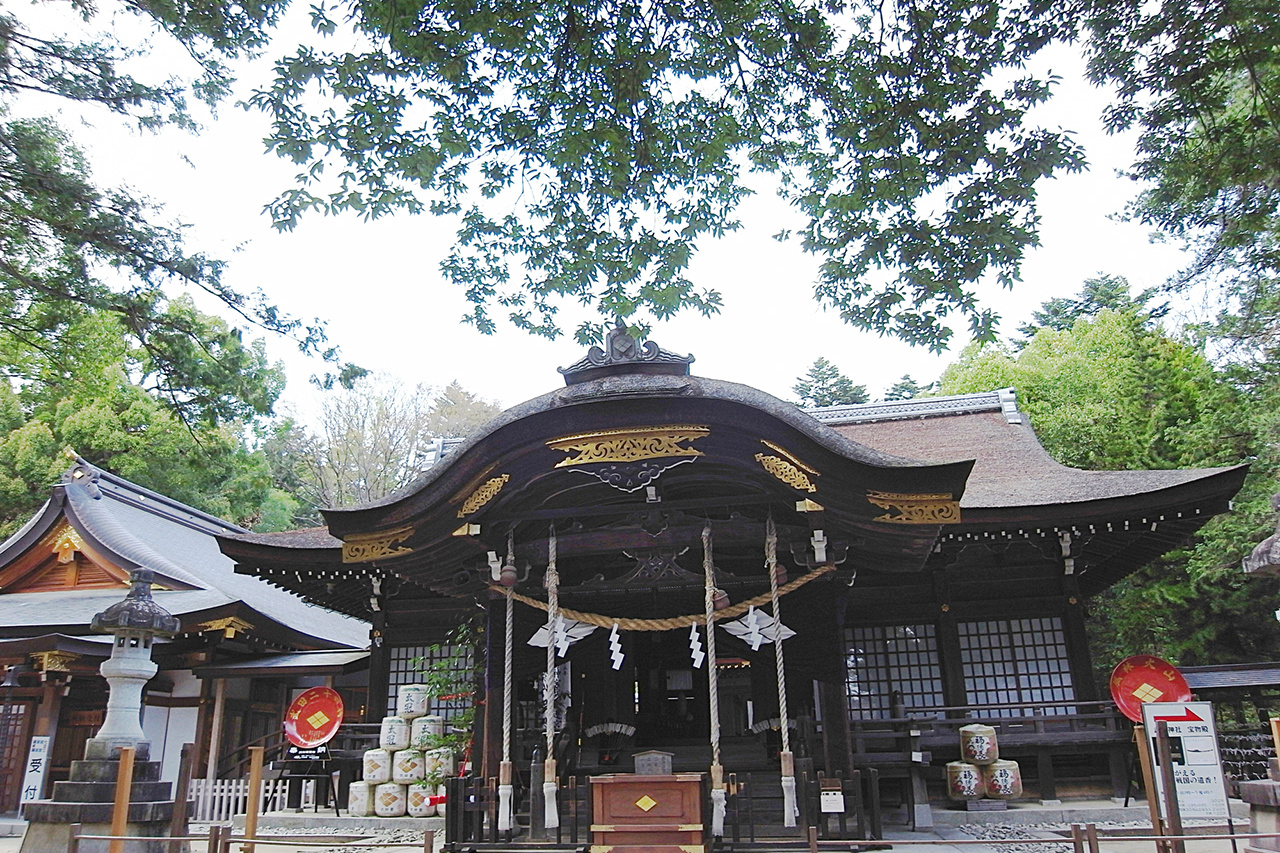
The Takeda Shrine is settled in the remains of the Kagasaki - kan, the founder of Shingen 's father, Shingo Dengaku, built in Year 162 (1519). In this pavilion, Shigetsu, Shingen and Winning three generations resided over 60 years and was designated as a national historic site in 1964. Hori, stone walls, old wells, etc. from that time remained in the site, and hundreds of kinds of trees donated from each place under Yamanashi prefecture as a result of the creation of the shrine as well as notifying the god of the Takeda family until now, We are showing the landscape from time to time.
Takeda Shrine Spring example festival
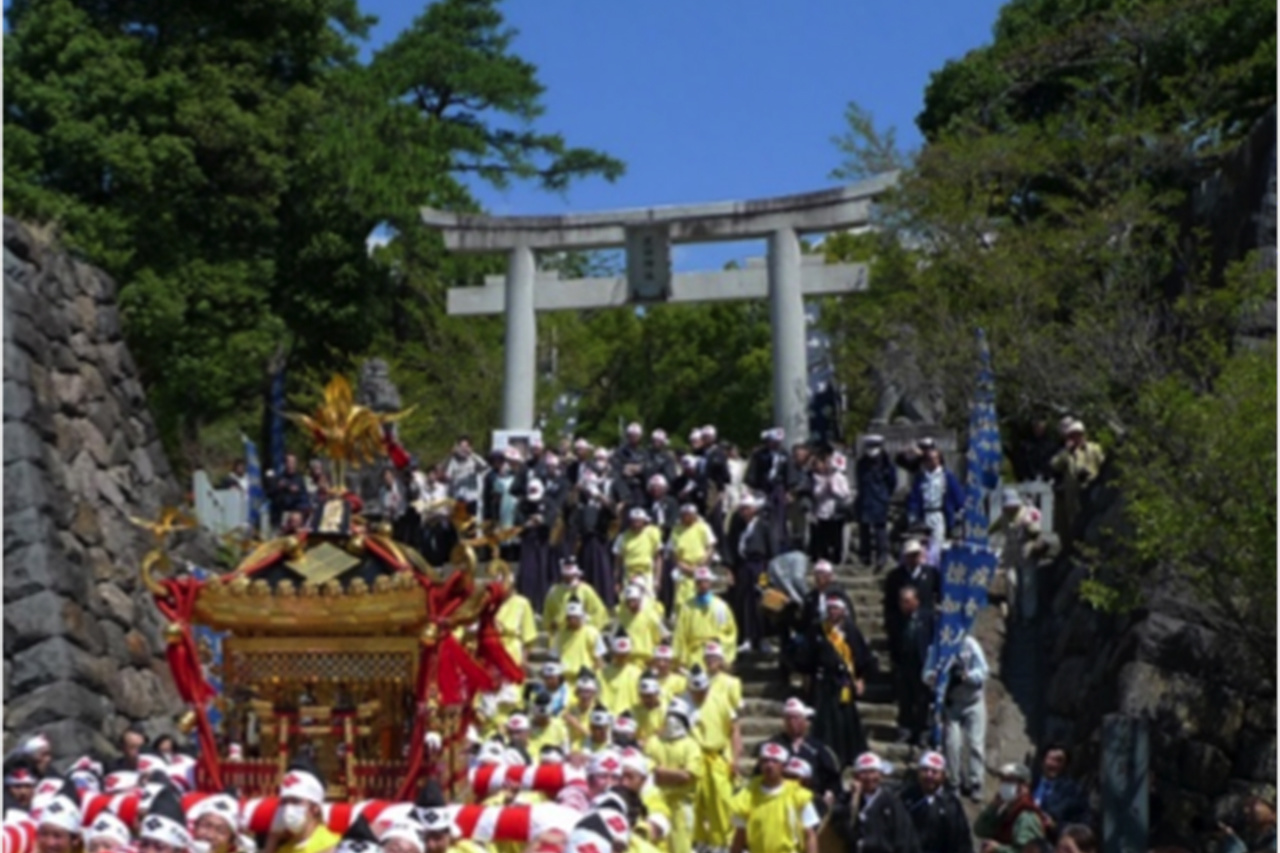
The festival of Takeda Shrine will be held from 9 am on April 12th, which is the day of Shingen's public anniversary. A mikoshi (Mikoshi) cruises to the journey of Yuuki Park, 4 km away, and this is accompanied by 24 Major Majutsushima. Also, on the evening of Saturday evening before April 12 every year, the Koshu Corps outbreak centering on Kofu Station South Exit Plaza is undertaken and about 1,600 troops walk through the city.
Takeda Shrine Summer Festival

The June Festival will be held on June 29. This is an event that has been sent to Japan for over 2000 years, entrusting the crime committed without knowing to the paper doll (people), passing through "the circle of Kaya" and pursuing the mind and body. At Takeda Shrine, "Kayo no Ring" was established from June 1, and we visited visitors.
Historic site designated by the country

The Takeda Shrine is settled at the site of the Kagasaki - kan, which Shingen 's father Degasa Dengoku moved from Ishiwa during the year of Eiji 16 (1519). In this pavilion, Shigetsu, Shingen and Winning three lived in for over 60 years, and in 1963 it was designated as a national historic site. Hori, stone walls, old wells, etc. from that time remain in the museum hut, and the hundred kinds of trees donated by the Shinto shrine, the hundreds of trees donated from various parts of the prefecture to four seasons I show the landscape from time to time. In addition, "Sanba no pine" in the precincts is rarity all over the country, it is said to be golden (litter) and falling leaves, so if you wear it you are said to have the benefit of "money".
Treasure house

Takeda Shrine Takeda Shrine Hakubi is a sword of "Yoshioka One Character" donated from Sanjo family, designated as an important cultural asset of the country. This sword is dedicated to pray for the creation of a shrine by the edge of Emperor Meiji Emperor Meiji Emperor before Shinto shrine creation, due to the relationship between Mr. Tomomi Sanjo of the donation and Mr. Sanjo of the Shingen Fair Room It is a famous sword of the same family that was made. And since the Shinto shrine in Taisho 8 years since the shrine was founded, it was opened in Showa 47 in the dedication of the family treasure, etc. While keeping the historical and cultural values of the items that are being collected, if we confront them, we will literally place our lives in the world of the Sengoku and dream of the unification of the people, and a samurai who pouring heart into the internal affairs I can not help feeling my passion.
What is Kofu Gozan
Kofu (Fuchu) Goto is the five temples that Takeda Shingen gave to Fuchu and its surroundings. Shingenko widely believed in Buddhism and protected temples and priests admirably. In particular, he respected the Zen law, invited high priests of Zen from various countries, and made the teachings largely reflected in politics (civil affairs) and military affairs. Shingenko who deeply devoted to the Sekiyama school of Rinzai Zen established Konfu Gozan as Chonzenji, Toukoji, Nogeji, Kokomo, and Hogsendo, following Kyoto and Kamakura. Both are temples deeply related to Mr. Takeda.
Chozenji Temple

A famous temple given to the head of Kofu Goyama. It is a family temple of Mr. Ogai Mother of Shingen's Demon. The chief priest at the time when the Choshuji temple was opened, Mr. Ohii Masato Ogi invited Shingen Ko's academic and political doctor from early childhood. It is said that it had a great influence on the human formation of Shingen. Also, Shingen Public is a famous high priest who also gave the legend "Masan Shingen" from Harukuni Takeda until then.
Noujouji Temple

It is a family temple of Takeda Nobunaga who is the great grandfather of Shingen's father, Shigeta. Originally in Yatsushiro County (present: Fuefuki city), it is said that in the era of Shingen's public, in Fuchu, furthermore, when Kofu Castle was built, it moved to your present location. In the precincts there are Basho 's phrase monument, Ako clan' s chairman and the grave of Ohno Kurobei.
Toukouji Temple
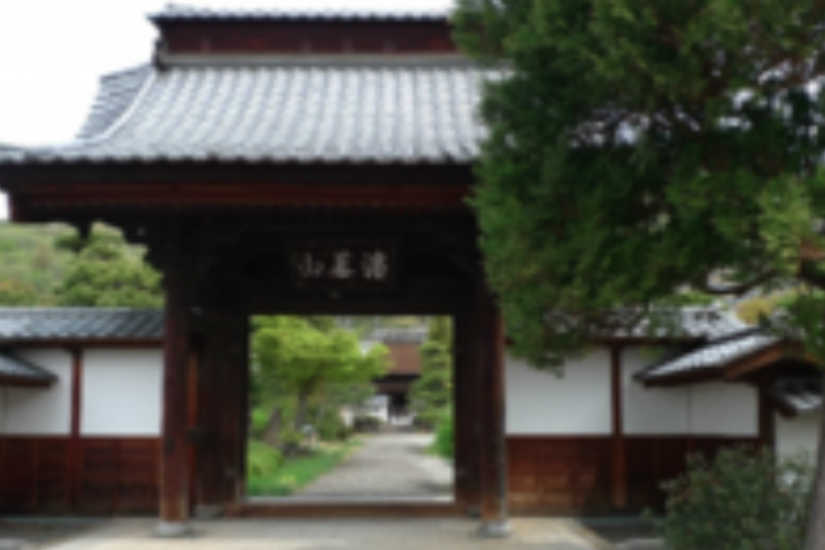
The priest, Lankei Michitaka (Ohn Zen master) revived, the temple that Shingen Denko protected thickly. There is a grave of Shingen's eldest son, Yoshinobu and Suwa Honori. Yoshinobu is said to have conflicted with his father, Shingen, was torn by Tokoji and is self-inflicted. In addition, Suwa Honori was the head of the prestigious Suwa family, was caught at the time of the invasion of Suwa Shingen's public, was caught in Tokoji Temple and was upset. Besides that, there are stunning gardens (prefectural cultural property) said to have been built by Lanxi Michitaka, the Buddha temple (Yakushido) designated as an important cultural asset of the country that it was built in the Muromachi period.
Enkouin Temple
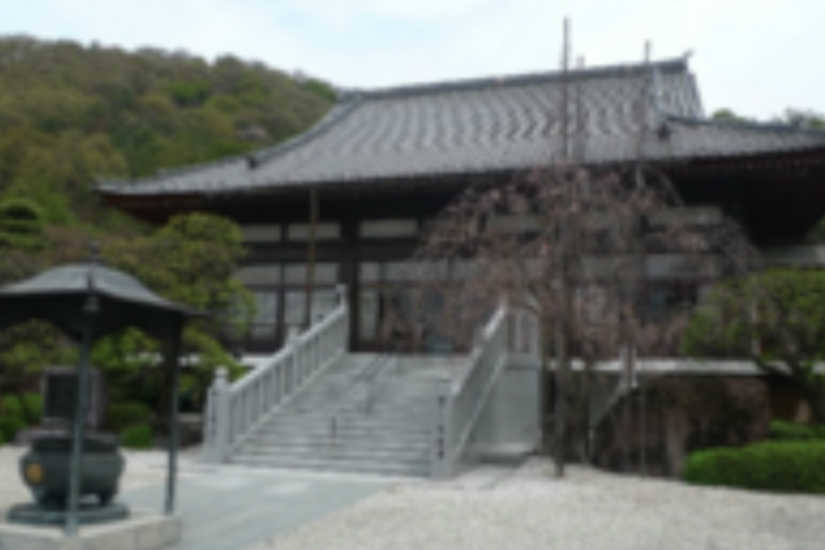
Azalea is at the foot of the shrine, it is the family room of Shingen's public room · Mrs. Sanjo. Opened theory as the president Jeonjeong resided, protected in addition to one of Kofu Goyama. Mrs. Sanjo died in the former year 's former tortoise (1570), so I buried in this temple. The name of Kokkoin is now taken to be called its legal name after his wife's death. The temple dedicated to Shingen is conveyed to the temple and the treasure.
Shingen 's tomb


It is said that it is the place where cremation of Shingen 's body was buried, it is also called cremation mound. In addition to this, the tomb of Shingen Dempe is located in Yamanashi Prefecture nationwide including Oizumiji, Jirin Temple, Suwa Lake in Nagano Prefecture, Nagakuda Temple and Yongun temple, Wakayama Prefecture Koyasan, Aichi Prefecture Fukuda Temple, Kyoto's Myoshinji Temple. This is also seen as the result of the Shingen doctrine secretly keeping the burial place secretly for 3 years for mourning by the will of the testament, or fear of any possible foreign enemies. Oizumiji (Daisenji) It is a temple that Takeda Takeda built Tenchu Zen chief as the opening mountain, the founder of Shigeta in the first year of Oyenji (1521). When Tigeru died in Shinshu in March, 1574, he sent the remains to the country and was buried here. Fortunately, this temple also burned down the hall, garage, etc. due to the war damage, but fortunately, the mausoleum of the 3rd generation of Takeda, the main gate, treasurehouses leave the fire and the mausoleum has a portrait of Shigeta, Shingen, .
